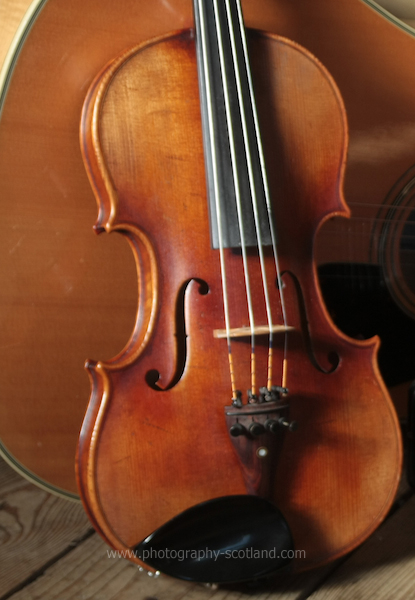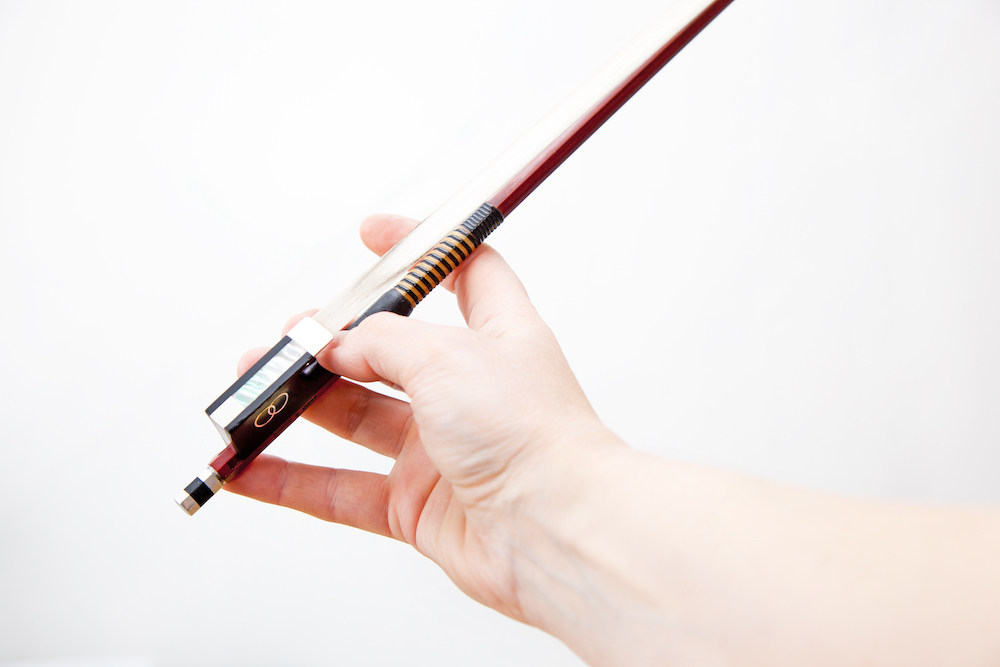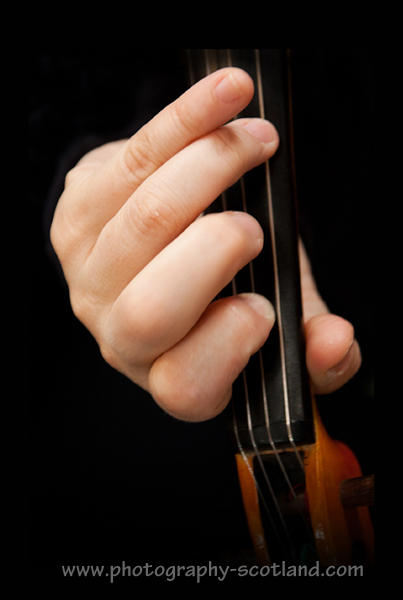The Glencoe March
Tonight we learnt the Glencoe March by Dan R MacDonald. It’s a popular session tune, and goes well with the reel ‘Iggy and Squiggy’ which we learnt in the class recently. We’ll be playing the two tunes together. It’s possible to change the timing and tempo of the end of the march, so that you’re playing the last 2 bars of the march as a reel, before changing into playing the reel itself.
Bowing patterns
After the break (and the chocolate eggs!), we tried playing some different bowing patterns for Spootiskerry. If you’re not used to thinking about what direction your bow is going, this can be quite a challenge. It’s well worth beginning to work on this, as different patterns of slurs and single bows can make a huge impact on the way a tune sounds, by changing the emphasis from

the beat to the offbeat or upbeat. Once you’ve mastered some different bowing patterns, you can use them to help bring tunes to life. They’re great for adding lift and swing to reels, in particular.
We tried using a ‘one down three up’ pattern in the B part of the tune, which helps top add emphasis on the beat. It’s important to play the downbow faster, using more length of the bow, so there is space to fit in three next three quavers without running out of bow on the up bow. We also tried out a ‘three up one down’ bowing pattern in the A part of the tune, which adds emphasis to the offbeat in the tune.
At the end of the evening,we played around some more with the Aird Ranters, playing it in smaller groups, and performing to others in the class. Here’s a link to an interesting article about dealing with stage fright.
The new term will start on Tuesday 16th April. Enrolment starts on Monday 1st April. Details of term dates and costs are on the website home page.




